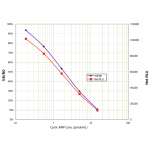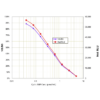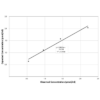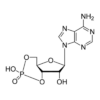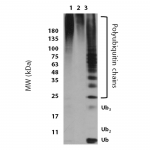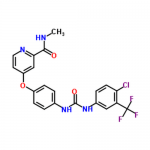Cell Signaling
Every cell in an organism is exposed to hundreds of different signals from its environment. The cell can respond to these signals in a variety of ways, and does so independently. However, all of these independent actions come together in a very complex and interconnected pathway of communication that governs basic cellular activities.
Extracellular-derived signals transmit their information through a variety of signaling networks, ultimately exerting their effects at the level of the nucleus. The three stages of cell signaling, or cellular communication, include:
- Reception of a signal
- Transduction of the signal
- Response within the cell
The signaling pathways, or networks, which tend to originate at the level of the plasma membrane, include G-protein coupled receptors, (non-receptor) tyrosine kinases and ion-regulated channels, amongst others. Although the key regulatory molecules involved in these processes differ, transmission of the signal generally involves a common process; the reversible phosphorylation of target proteins. Two distinct classes of enzymes mediate this:
- Protein kinases – phosphorylates proteins (adds phosphate groups)
- Protein phosphatases – dephosphorylates proteins (removes phosphate groups)
The ability of cells to perceive and correctly respond to their microenvironment is the basis of development, tissue repair, and immunity as well as normal tissue homeostasis. Intracellular signaling events regulate virtually all cellular activities.
Errors in cellular information processing can be responsible for diseases such as cancer, autoimmunity, and diabetes. By understanding the fundamentals of cell signaling, researchers hope to be able to develop new drugs and treat them selectively and effectively.
Cell signaling research requires a great diversity of life science products. We are dedicated to developing cutting edge research products to aid in the study of cell signaling, including antibodies, proteins, immunoassays, and small molecule inhibitors.
View all Cell Signaling Products
